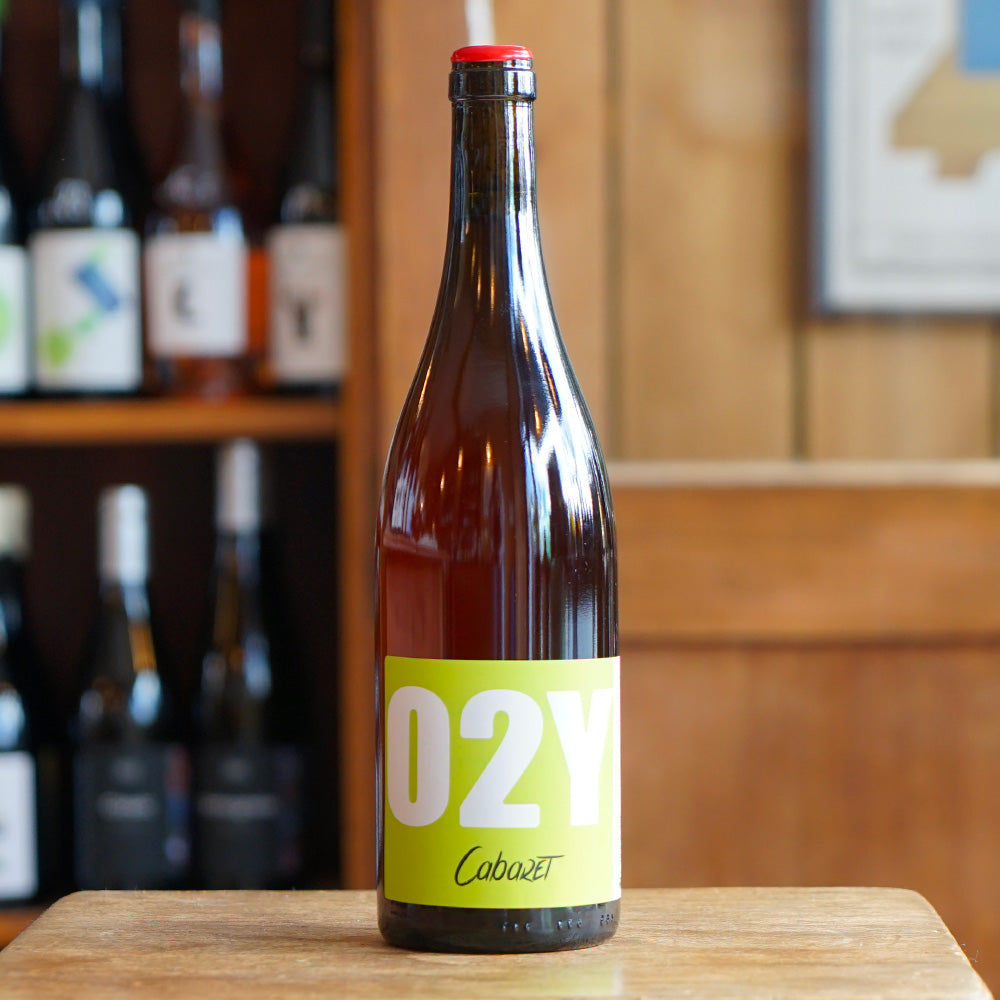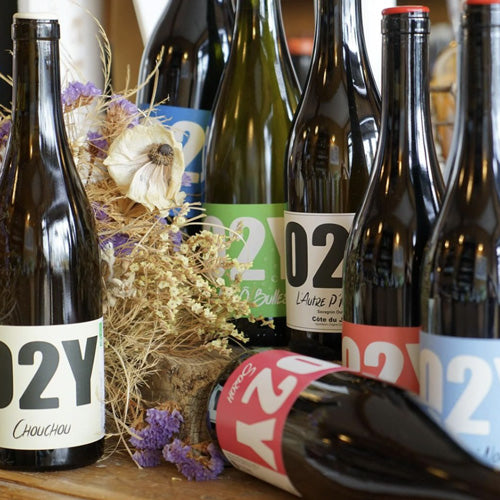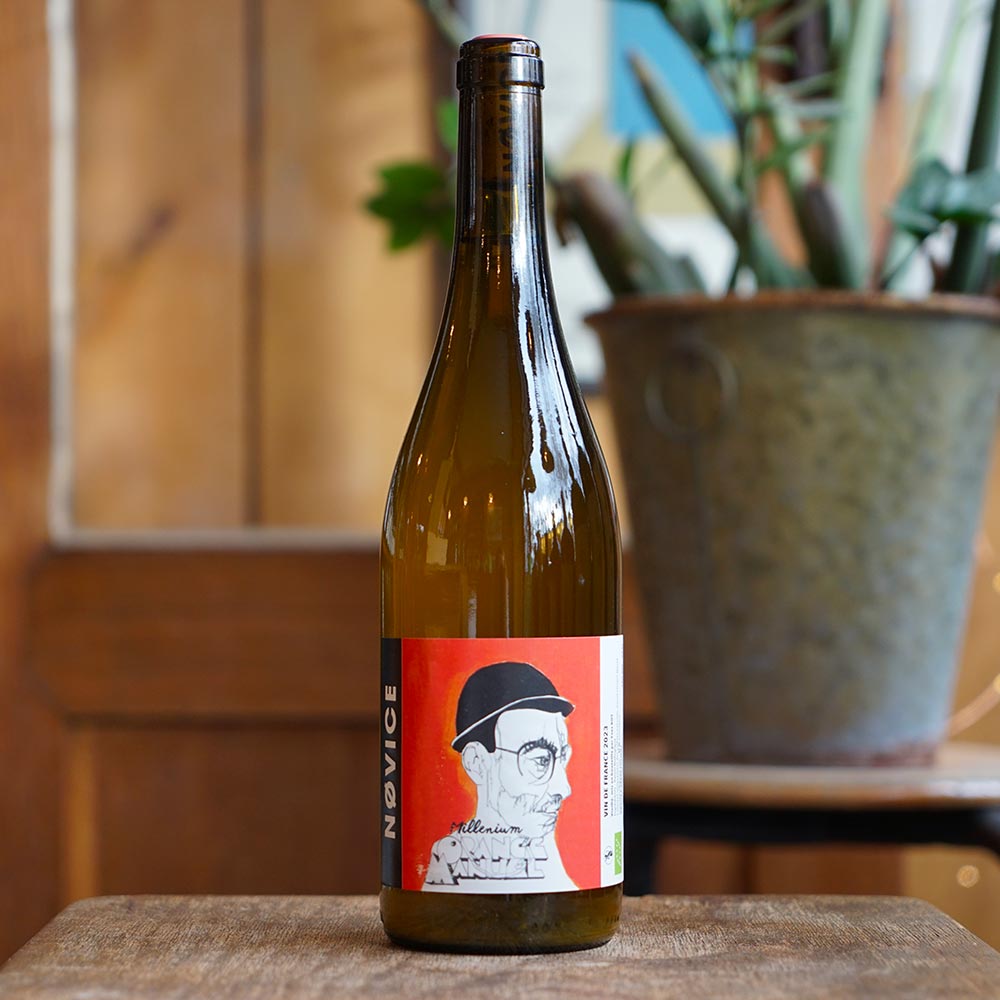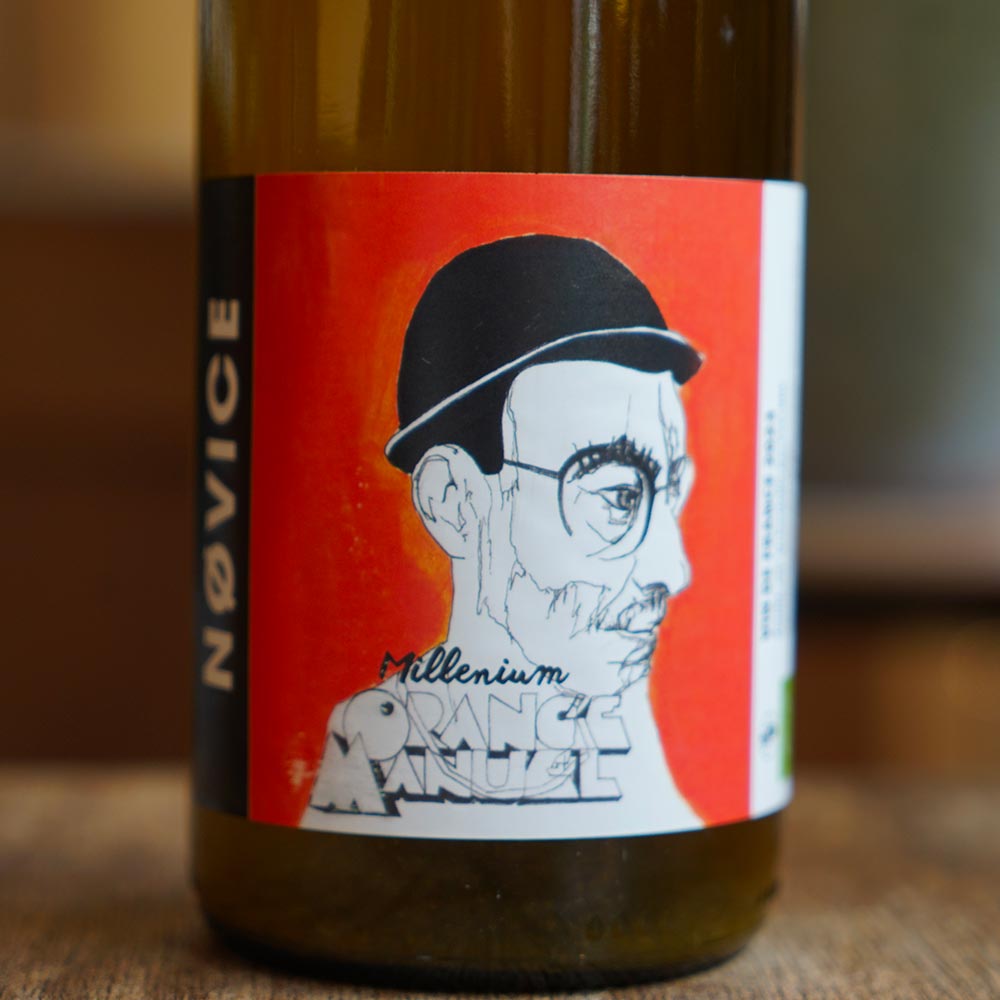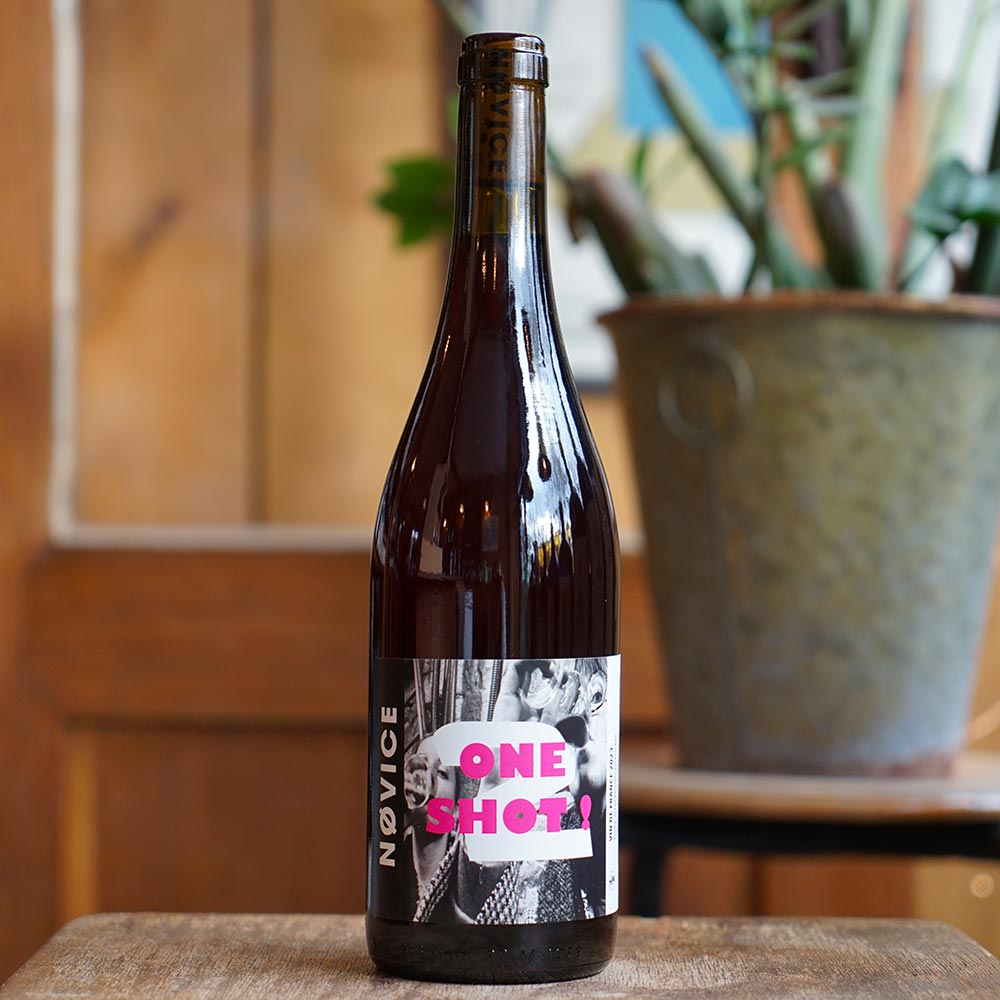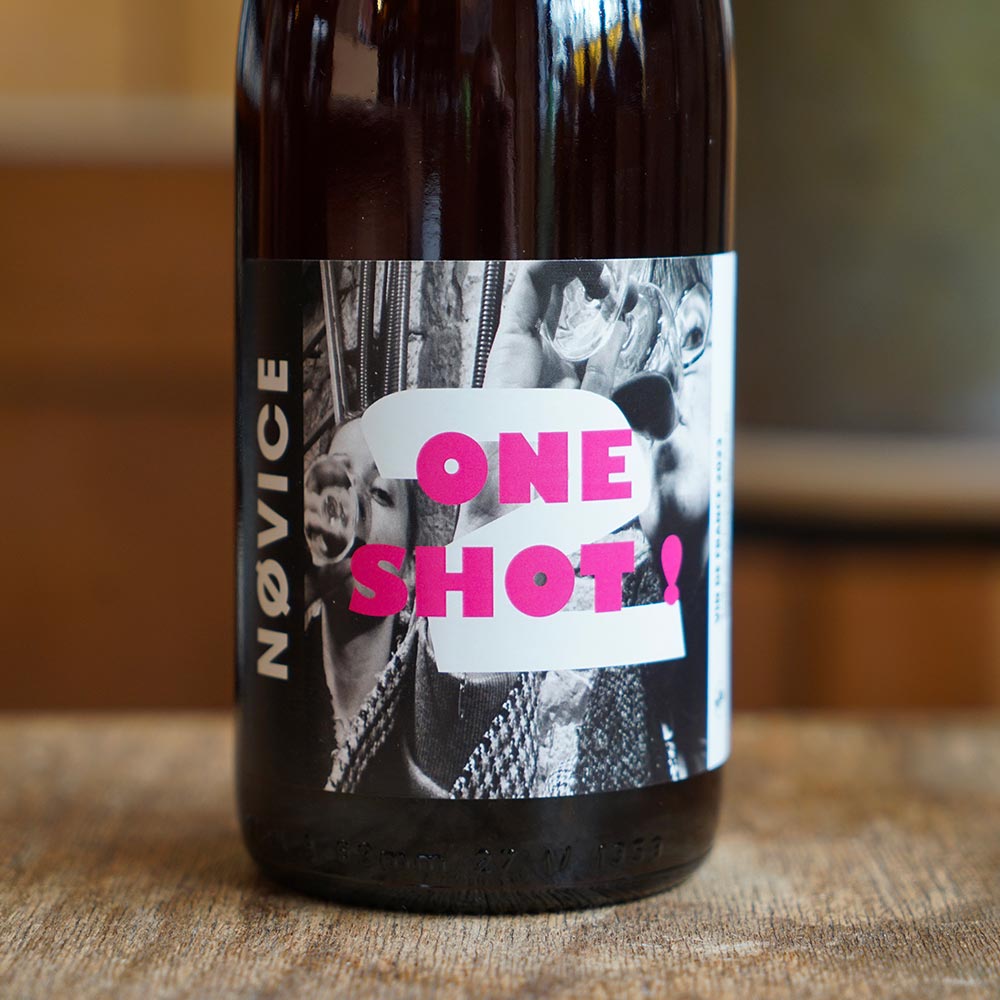Jura
This is a vineyard that went unnoticed for many years, where it was thought that only yellow wines could be found, those oxidative wines with heavy nutty aromas, fit only for drinking with a slice of well-aged Comté cheese...
A little-known or at least unloved vineyard for a long time, until the appearance of the precursors, the pioneers of Vin Naturel: Pierre Overnoy and Emmanuel Houillon, Jean-François Ganevat dit Fanfan and Domaine de la Tournelle. These pioneers, along with their colleagues from the Beaujolais region, Marcel Lapierre, Yvon Métras and Jean Foillard, were to make great strides in the development of natural winemaking in France.
No inputs in the vineyard or vats. Stay as close as possible to the purity of the grape and its terroir. Putting Jules Chauvet's theoretical work into practice and producing healthy wines...
With their thirst for sharing their wines with as many people as possible, and thanks to numerous events such as the Salon des Vignerons et Vigneronnes Bio Le Nez dans le Verre, the Jura has become a vineyard to be reckoned with.
The Jura vineyards currently cover 2,100 ha and are divided into 6 distinct appellations: Arbois (780 ha), Côtes du Jura (570 ha), Etoile (73 ha), Château-Chalon (54 ha), Crémant du Jura (336 ha) and Macvin du Jura (110 ha). In fact, the Jura has the distinction of being the French vineyard with the most organic and biodynamic winegrowers, with over 20% of its surface area cultivated on almost 500 ha. The Jura grape varieties are Savagnin and Chardonnay for whites, and Poulsard (or Ploussard), Trousseau and Pinot Noir for reds.
Often planted on grey Lias marl or clay, Savagnin produces wines with great ageing potential, full-bodied and lively with good acidity, such as Domaine de la Renardière's Cuvée Savagnin Oxydatif.
As for Chardonnay (which accounts for over 40% of the vineyard), it will find its ideal terroir on limestone marl, such as the Vianderies terroir in Pupillin.
Poulsard is a more complicated and difficult grape variety to work with, often giving winemakers a hard time because of its propensity for low yields, but it is particularly at home on red marl or Triassic terroirs.
Now it's Trousseau's turn, the most demanding grape variety and above all the latest to ripen. It needs gravel or clay soils to ripen perfectly and develop its spicy, peppery aromas, as Guillaume Overnoy (Pierre Overnoy's grandson) has clearly understood with his cuvée Trousseau 2022 from Domaine Overnoy.
Finally, Pinot Noir may be accustomed to the great plains of Burgundy, but it's no stranger to the light, chalky soils of the Jurassien vineyards.
As you can see, the Jura vineyards have everything to surprise you, and at Marée Haute we make it a point of honor to select these lively wines and showcase the natural winemakers of tomorrow who are constantly driving these extraordinary appellations forward.
For a wider selection of natural Jura wines, visit Marée Haute.
A little-known or at least unloved vineyard for a long time, until the appearance of the precursors, the pioneers of Vin Naturel: Pierre Overnoy and Emmanuel Houillon, Jean-François Ganevat dit Fanfan and Domaine de la Tournelle. These pioneers, along with their colleagues from the Beaujolais region, Marcel Lapierre, Yvon Métras and Jean Foillard, were to make great strides in the development of natural winemaking in France.
No inputs in the vineyard or vats. Stay as close as possible to the purity of the grape and its terroir. Putting Jules Chauvet's theoretical work into practice and producing healthy wines...
With their thirst for sharing their wines with as many people as possible, and thanks to numerous events such as the Salon des Vignerons et Vigneronnes Bio Le Nez dans le Verre, the Jura has become a vineyard to be reckoned with.
The Jura vineyards currently cover 2,100 ha and are divided into 6 distinct appellations: Arbois (780 ha), Côtes du Jura (570 ha), Etoile (73 ha), Château-Chalon (54 ha), Crémant du Jura (336 ha) and Macvin du Jura (110 ha). In fact, the Jura has the distinction of being the French vineyard with the most organic and biodynamic winegrowers, with over 20% of its surface area cultivated on almost 500 ha. The Jura grape varieties are Savagnin and Chardonnay for whites, and Poulsard (or Ploussard), Trousseau and Pinot Noir for reds.
Often planted on grey Lias marl or clay, Savagnin produces wines with great ageing potential, full-bodied and lively with good acidity, such as Domaine de la Renardière's Cuvée Savagnin Oxydatif.
As for Chardonnay (which accounts for over 40% of the vineyard), it will find its ideal terroir on limestone marl, such as the Vianderies terroir in Pupillin.
Poulsard is a more complicated and difficult grape variety to work with, often giving winemakers a hard time because of its propensity for low yields, but it is particularly at home on red marl or Triassic terroirs.
Now it's Trousseau's turn, the most demanding grape variety and above all the latest to ripen. It needs gravel or clay soils to ripen perfectly and develop its spicy, peppery aromas, as Guillaume Overnoy (Pierre Overnoy's grandson) has clearly understood with his cuvée Trousseau 2022 from Domaine Overnoy.
Finally, Pinot Noir may be accustomed to the great plains of Burgundy, but it's no stranger to the light, chalky soils of the Jurassien vineyards.
As you can see, the Jura vineyards have everything to surprise you, and at Marée Haute we make it a point of honor to select these lively wines and showcase the natural winemakers of tomorrow who are constantly driving these extraordinary appellations forward.
For a wider selection of natural Jura wines, visit Marée Haute.

















